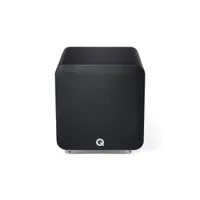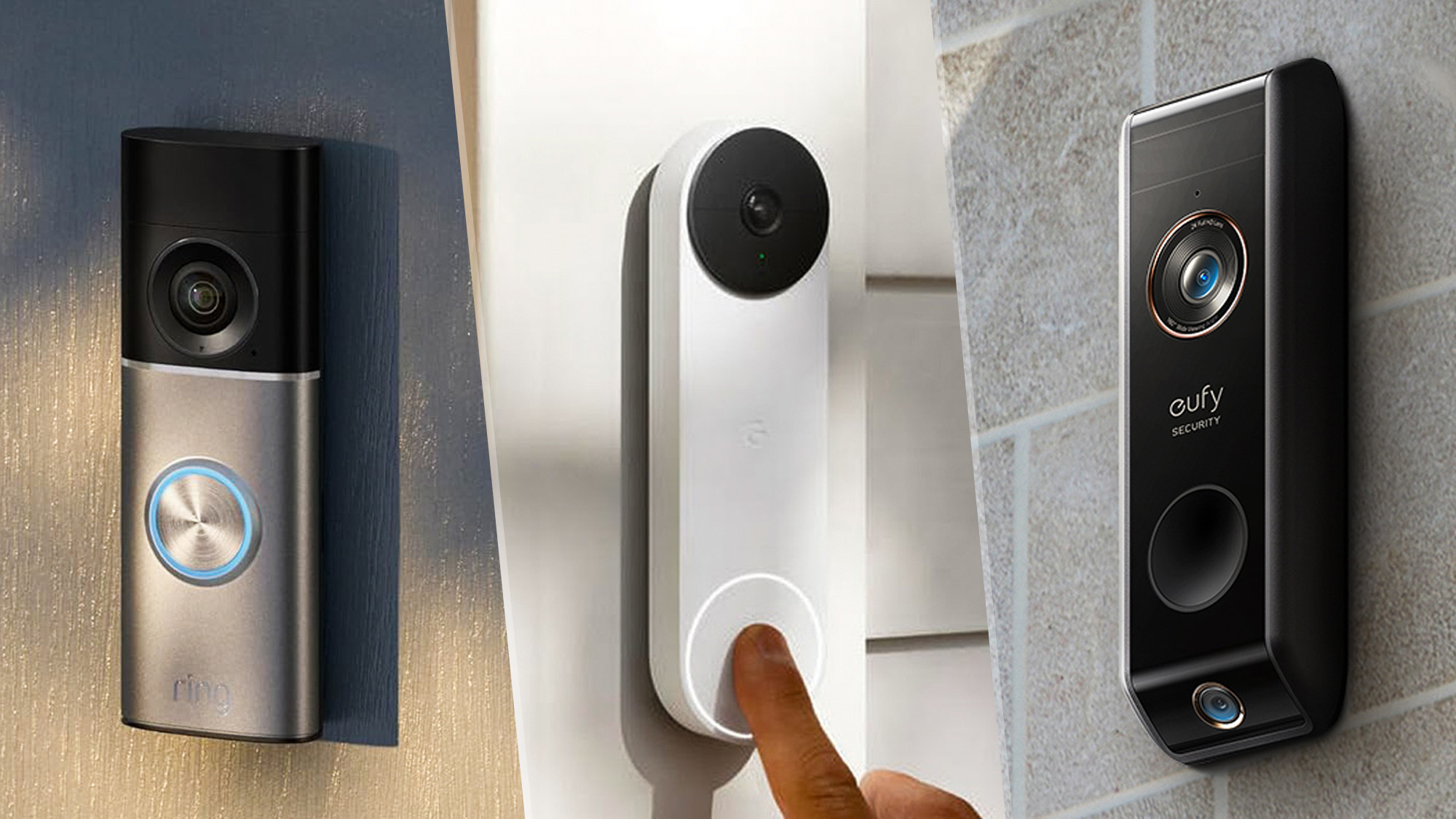I just tested this subwoofer — and I found bass in my music that I didn’t even know existed
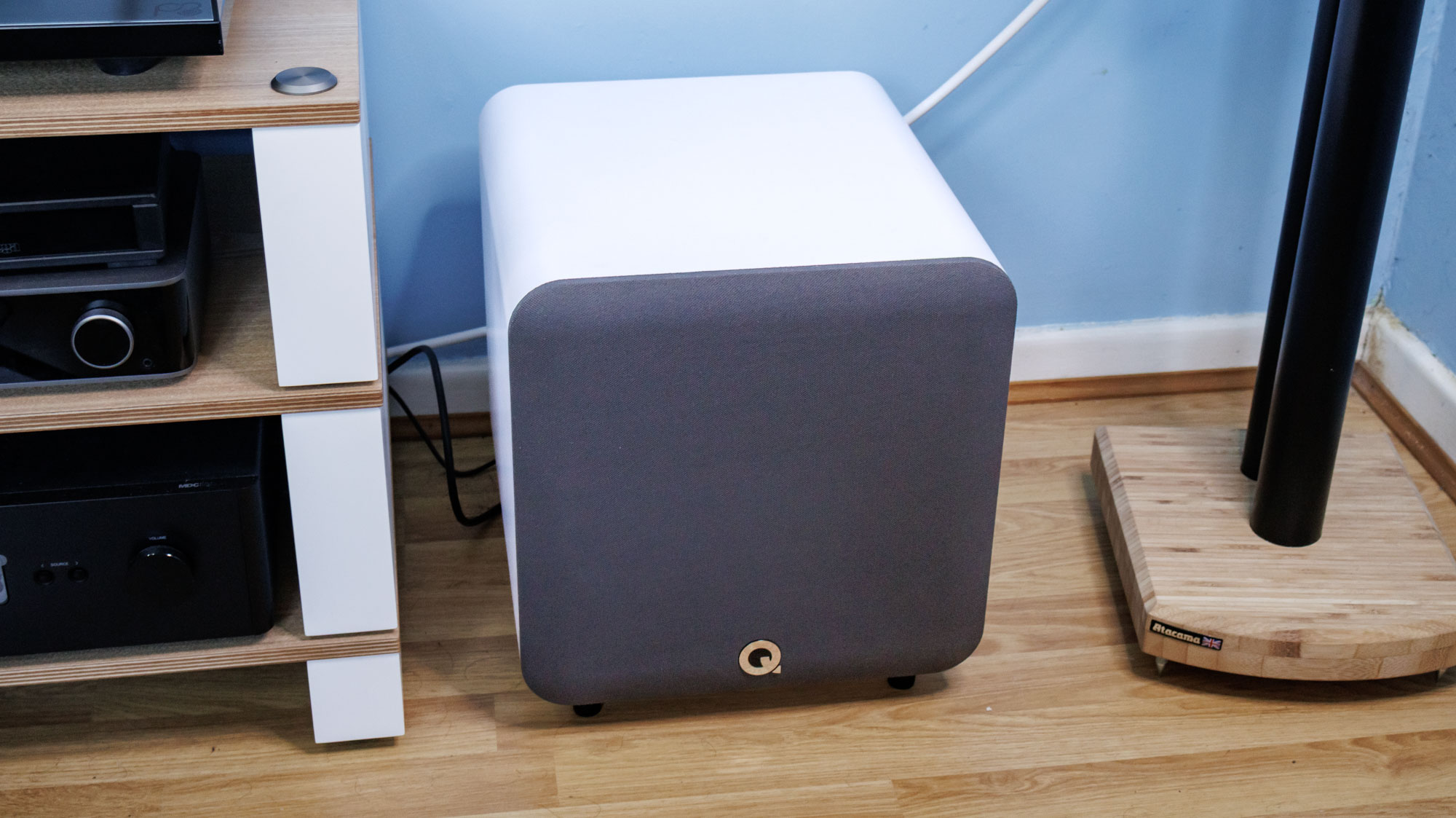
For a long time, I’ve not seen the point in a subwoofer for music. Don’t get me wrong, I enjoy the low stuff as much as the next audio-nerd, but I’ve always considered a sub the territory of movie surround setups.
“Speakers are capable enough on their own for music” has been my thought — until I added one to my HiFi setup.
The subwoofer in question is the Q Acoustics SUB80, an 8-inch subwoofer that’s designed to fit seamlessly into any kind of setup that you might want to put it in. Ostensibly, it's a big white box with a single, massive driver in it — but when you plug it in, you discover that it’s so much more.
To find out just how much of a difference it can make for my music, I’ve been using it for the last few weeks alongside the Tom’s Guide reference system. Of course, I’m going to go in depth with my findings below, but I’ll do a quick TL;DR here.
I don’t think I could live without it anymore.
The SUB80 might be the smallest in the Sub line, but it still plays some wonderful, tuneful bass. It's a little monster, and well worth the outlay. Easy to set up, and attractive to boot, you can also plug the sub into a compatible soundbar or powered speaker setup.
What even is a subwoofer?
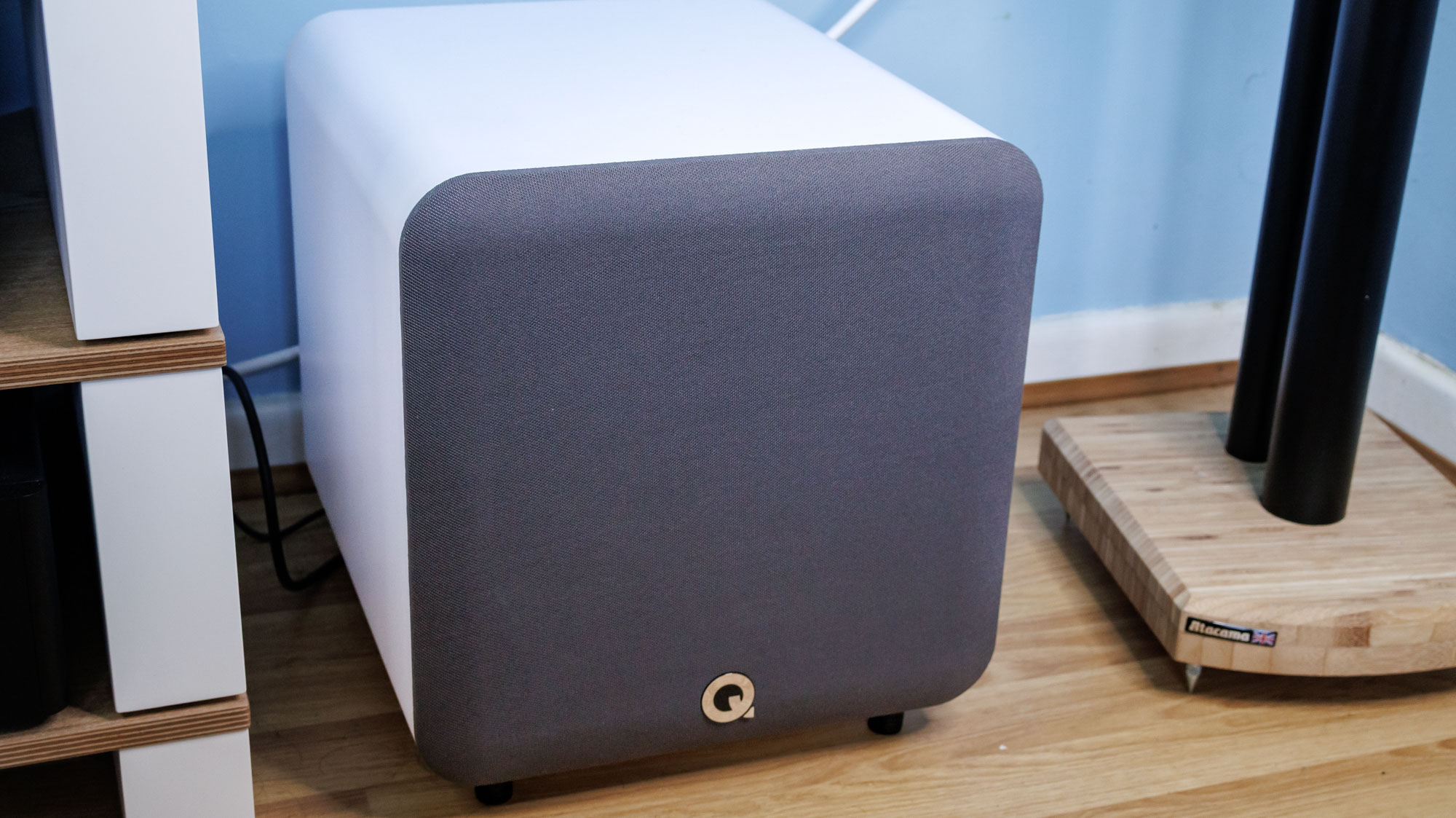
The speakers in your best soundbar or the pair of stereo units next to your TV work great for producing a range of different frequencies, but it takes a lot of effort to do them all well. If you have another device to do the heavy lifting on part of the lower frequency range, the speaker can put more effort into the rest, leading to better, more rounded sound.
A subwoofer is a different kind of speaker dedicated to low-end sounds and frequencies, freeing up your main units to work on those high and mid-range sounds. They’re also capable of going much lower into the depths of bass and sub-bass ranges, giving you more powerful and impactful bass — more oomph to bass guitars, and that feeling in your chest when something explodes on screen in your favorite action movies.
Get instant access to breaking news, the hottest reviews, great deals and helpful tips.
The sub
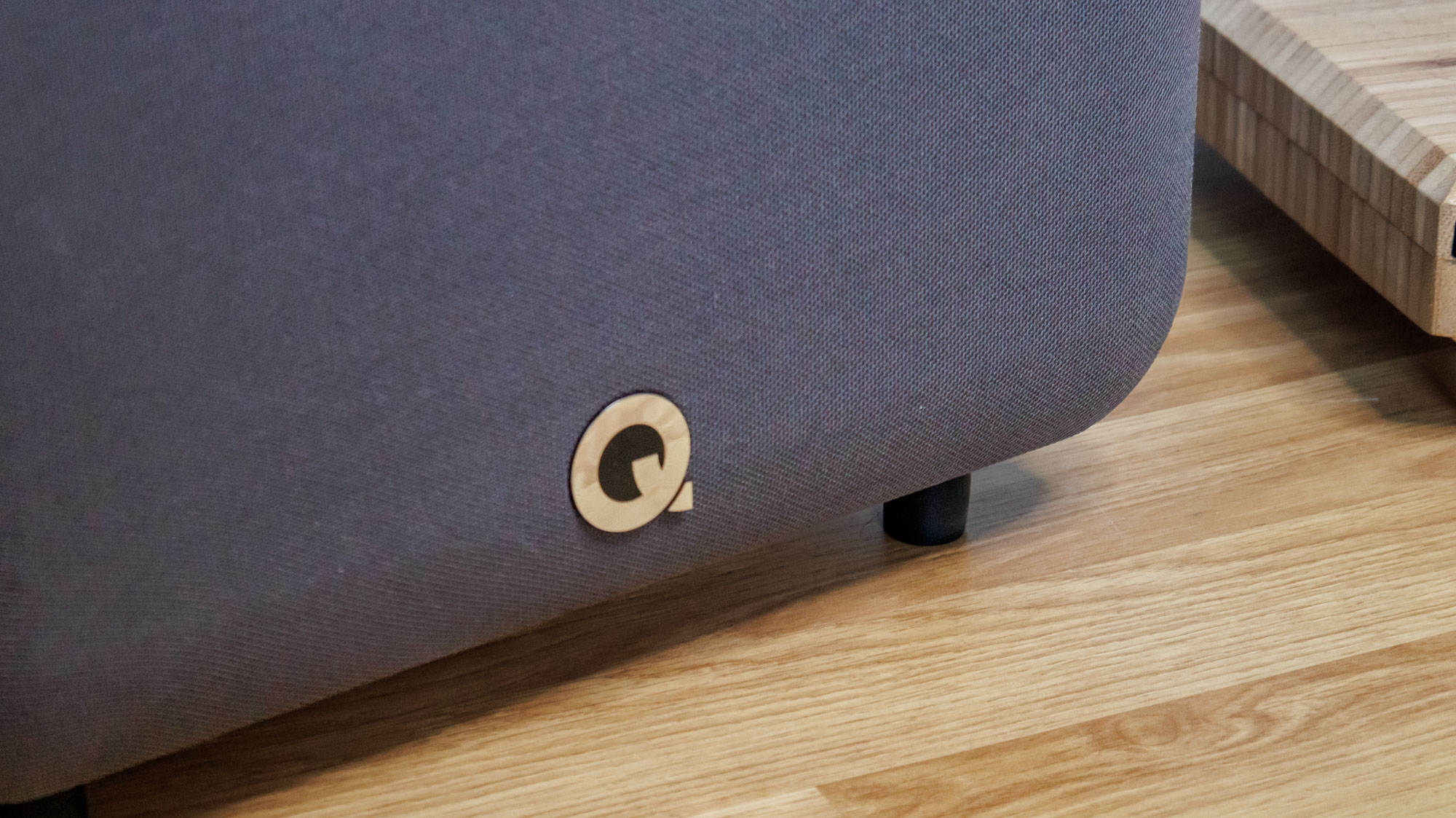
The Q Acoustics Q SUB80 is a part of Q Acoustics' new line of subwoofers. It’s the baby of the line, with a smaller driver than the 10-inch Q SUB100 and the 12-inch Q SUB120. From the outside, it looks fairly unassuming — a large, white cube with a fabric coating on the front.
Underneath that front fabric panel is something very special indeed — a massive 8-inch woofer. The box itself is filled with an amplifier that delivers up to 300W of power (that’s a lot; a HomePod 2 maxes out at about 20W, for context), and some clever signal processing so that it sounds great no matter what it’s plugged into.
Setting up
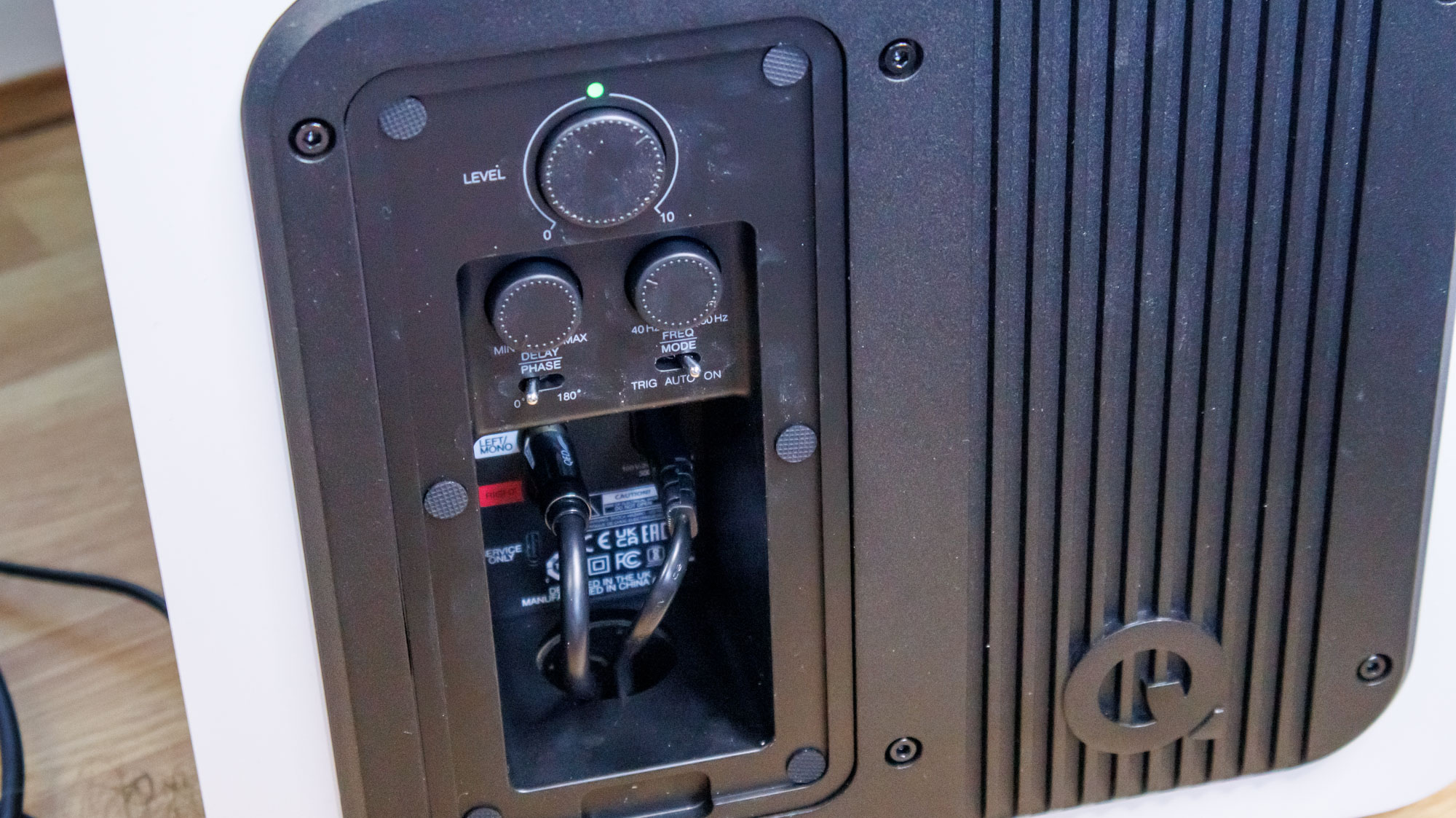
Setting up the SUB80 was fairly simple, although I did have to play with some settings and the knobs on the back to get it properly dialled in. The sub plugs into power, and then you need to plug it into your source device; in my case, that’s the NAC C 399 that makes up the core of our reference system.
From there, I had to set up the ‘subwoofer settings’ in the amp itself. I had to turn on the output in my case — easily done with the click of a button. Then I had to deal with the crossover (the point at which the subwoofer takes over the low-end signals from your speakers).
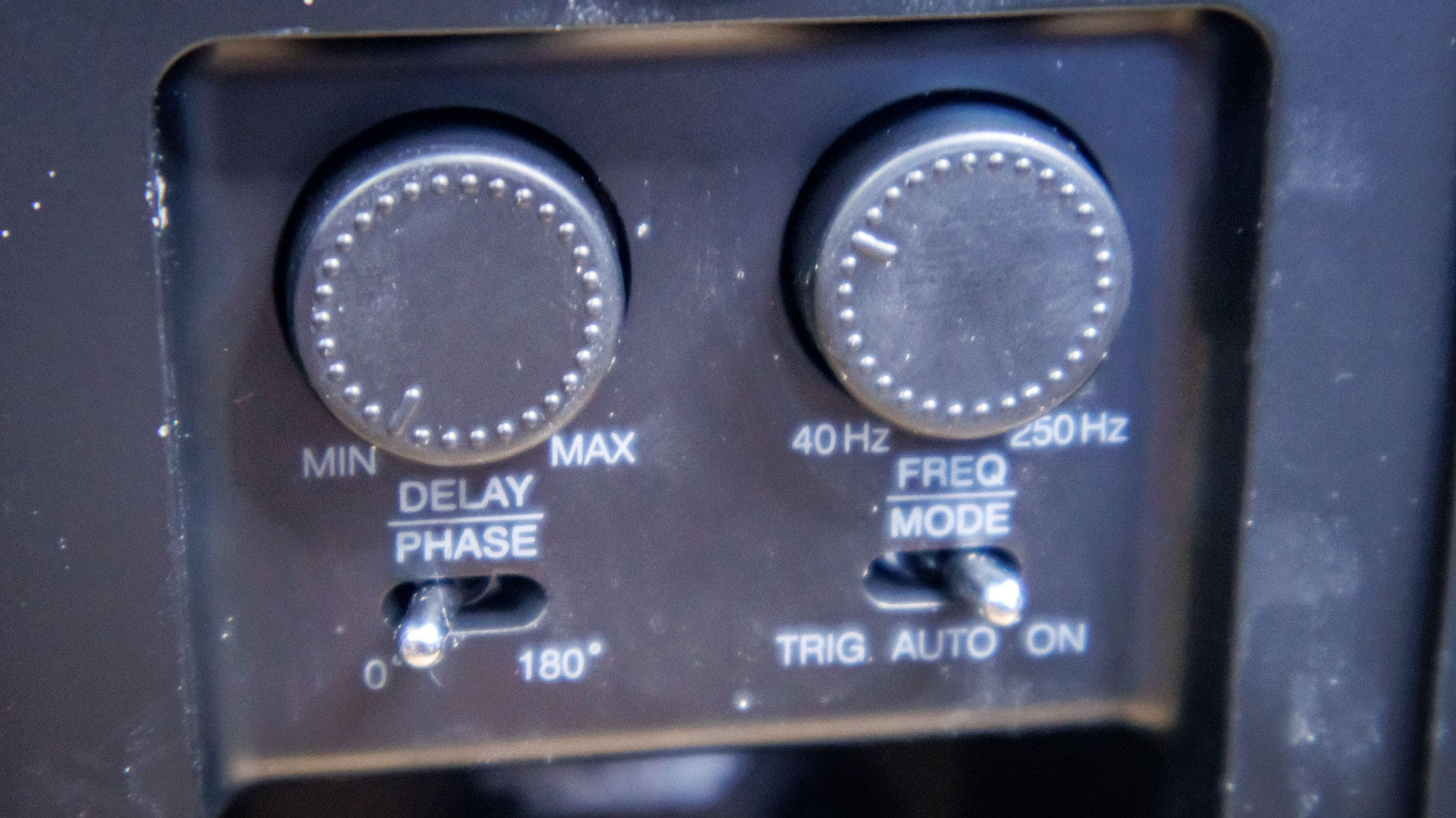
To correctly dial the crossover in on the amp end, I had to check optimal low-end frequency settings for my particular speakers. The crossover for the LS50 Meta that I use can be set anywhere from 60Hz to 120Hz, but I set it to 80Hz for a happy medium. That means the speakers still have to do a little work in the low end, but the majority is handled by the sub.
That’s the amp end sorted — there’s just a couple of things to do on the back of the sub. First, I had to adjust the crossover control dial to 80Hz, to match the crossover from the amp.
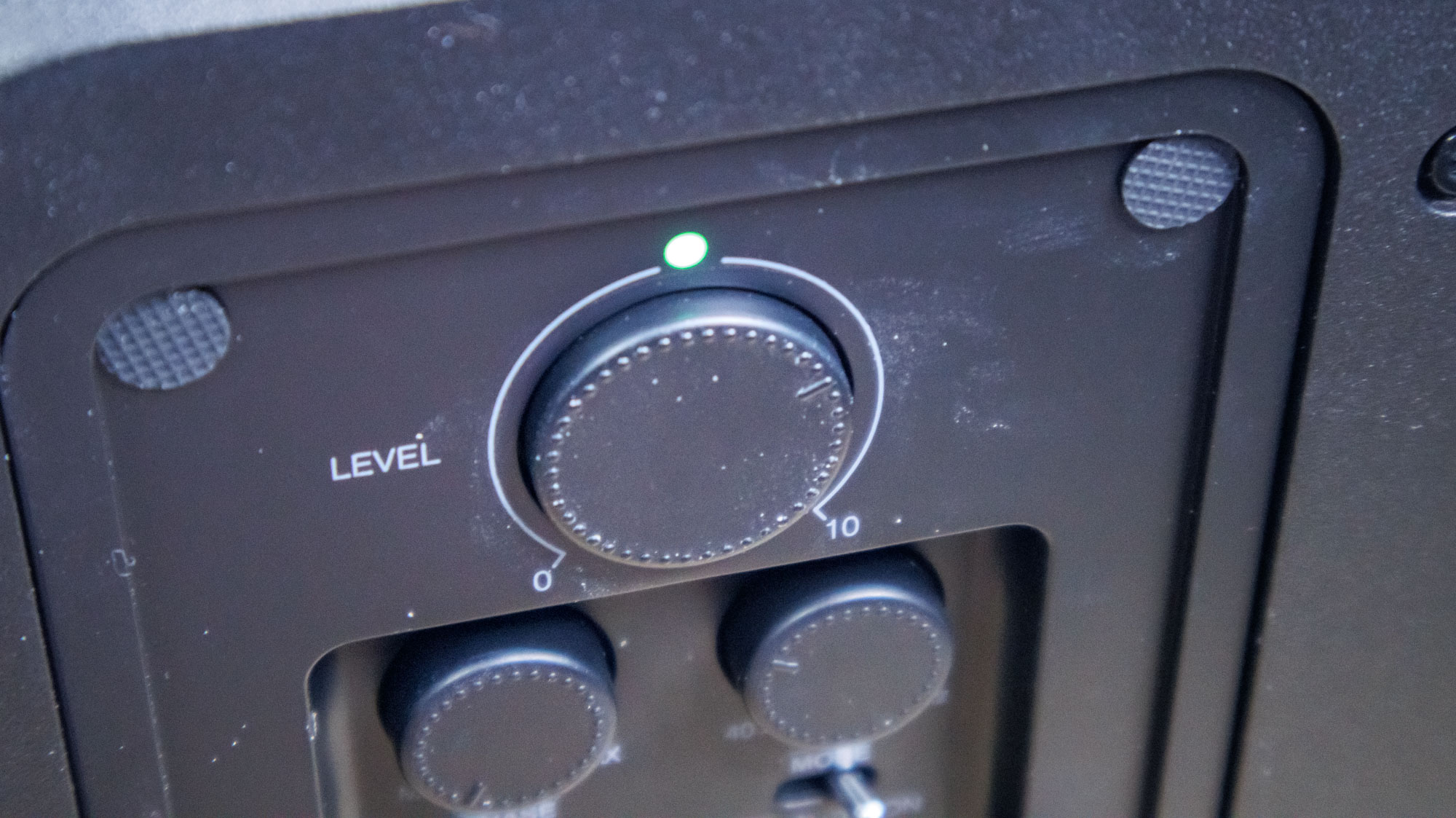
I didn’t have to move the other knob (the delay and phase knob) all that much because my sub sits very close to the speakers. Users who have problems with bass timing will need to adjust that one too, usually if the sub is placed further away from the rest of the system.
Finally, I needed to dial in the level to make sure that the bass isn’t too loud or boomy. When setting the level, it’s important to remember that it’s not necessarily about more bass, but instead greater control and an increase in musicality. There’s a big ol’ knob on the back that lets you set the volume. Once that’s all done, you’re set — job done.
All of the bass
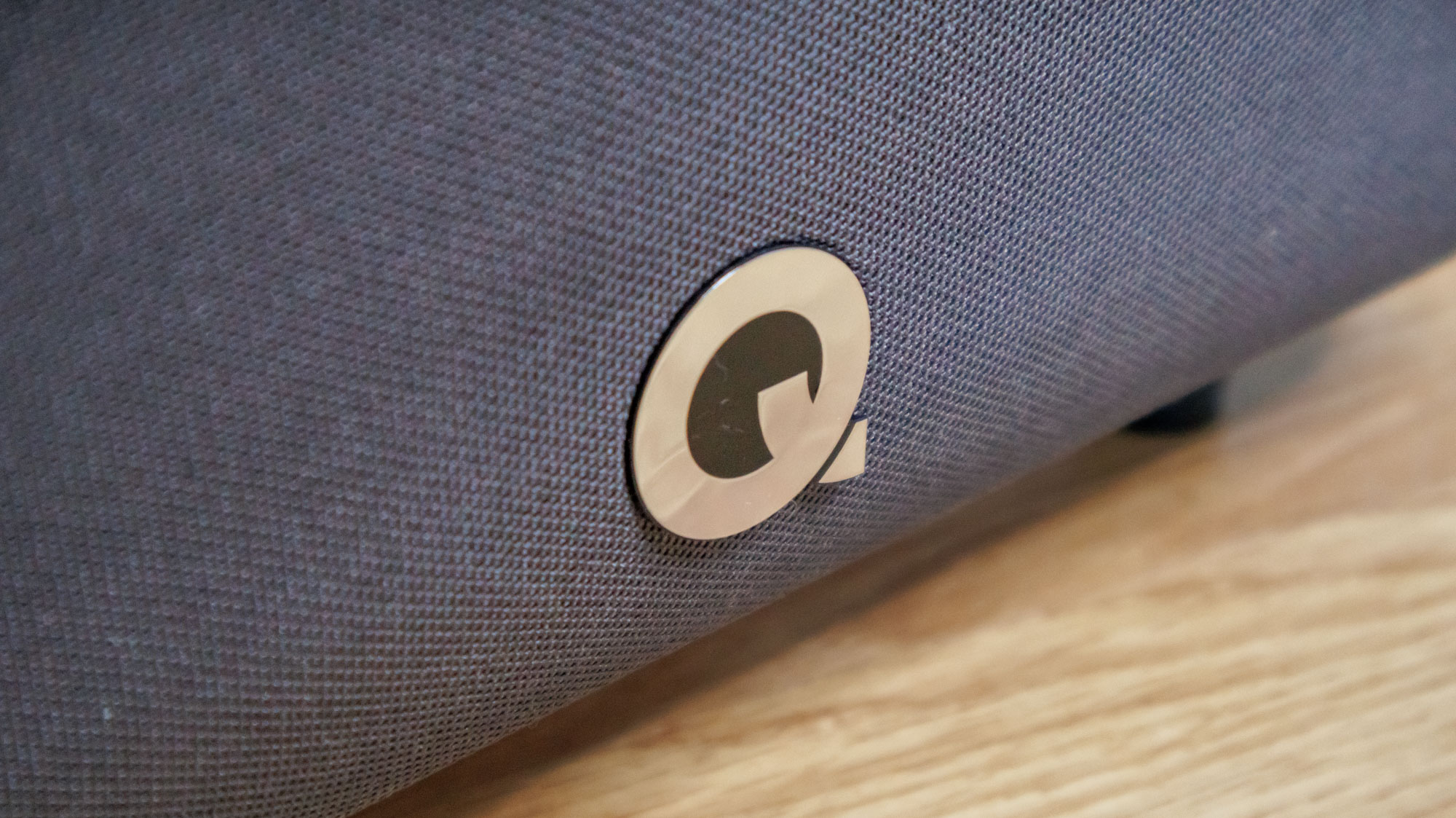
How better to find out what kind of difference the subwoofer makes than to play some tunes with it. To give you an idea of the rest of the system beyond the speakers and the amp, it’s running the internal streaming card of the amplifier on my Roon streaming system. I play a mixture of my own personal FLAC tracks, along with hi-res streams courtesy of Qobuz. Everything here is played with the latter.
Before the subwoofer, I was never disappointed by the sound of my system. There was plenty of low-end thanks to the power of the NAD C 399 and my LS50 Metas. It wasn’t until I plugged in the sub that I realized how much potential I had on tap. I felt my music for the first time at home — physically, not just emotionally.
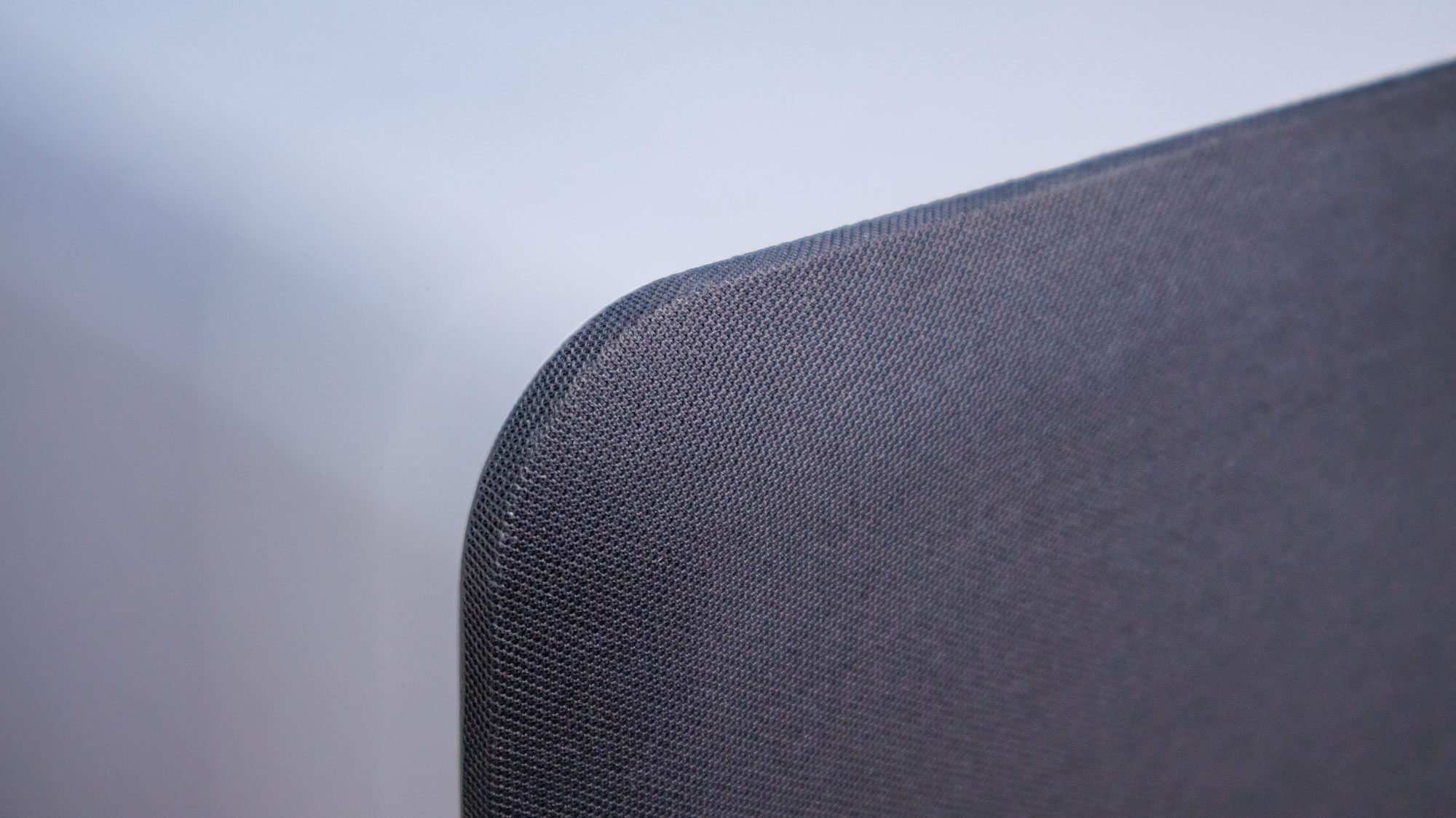
When you’ve got oodles more bass available, there’s only one thing you can start with — some drum & bass. I opted for the street-styles of Goldie, for some dynamic, bouncing low end. The bizarre instrumentations of Angel were on the menu, the bass drum kicking in to show what the sub was capable of dishing out.
Before, my speakers could bring some bass to the table. The subwoofer makes sure that every single low note is powerful, sending reverberations through my chest. It’s the sub-bass — the imperceptible low tone — that does that, and the subwoofer carefully crafts it into an upper body massage.
It also gave my speakers more energy so that they could better represent the cymbals and mid-range synth lines. There was more bass, yes, but it was also more musical. It doesn’t bludgeon you over the head with a one-note performance, instead providing more nuance within the grunting synths. Each note is perceivable — good stuff.
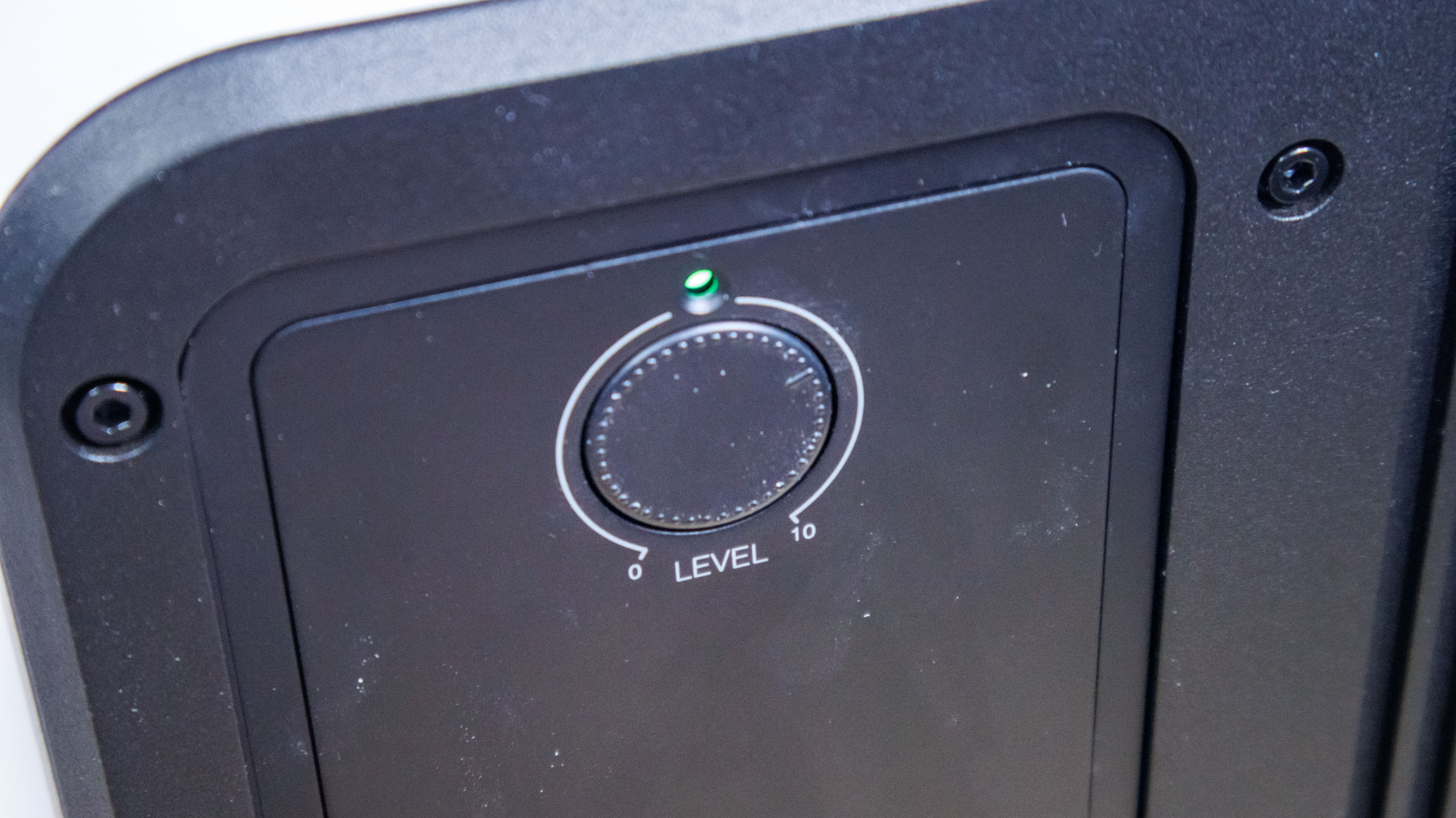
I switched over to some metal to see if I could get my head banging, and what parts of the music would be accentuated by the subwoofer. The kick drums of Igorr’s ADHD were the most noticeable, with each double-bass pedal hit sending vibrations through the floor to my feet.
The bass guitar was given more space as well, placing it further forward in the mix. Again, my speakers were allowed more room to breathe because they didn’t have to do as much, lending more clarity to the strange harpsichord lines and choral flourishes. Sub-bass hits reverberated through my chest again — I could very easily get used to this.
Finally for my critical listening, I wanted something that would really make the subwoofer work hard: pounding techno.
Charlotte De Witte’s RPM is basically just sub bass, and it made the room shake. All I need where some flashing strobe lights and several thousand dosed-up revelers, and I’d have an underground rave.
The few mids and highs where, again, allowed more space now that the speakers didn’t have to handle the really low stuff. The cymbals chirped, the synths and samples growled. Yeah, I don’t think I can go without this now.
Should you get a subwoofer?
If you live in an apartment? No! You’ll annoy every single one of your neighbors even at low volumes, and no one wants that. If you’re willing to potentially annoy those around you, then be my guest — but be prepared for noise complaints.
If you can stomach your fellow human's frustration or you’ve got your own house that’s not connected to anyone else's space, then yes. Get a sub. A big one — or the Q Acoustics Q SUB80. This is a fantastic sub.
You’ll find bass in your music that you didn’t even know existed. I know I did.
More from Tom's Guide

Tammy and her generous collection of headphones have found a new home — Tom's Guide! After a two-and-a-half-year stint as iMore's resident audiophile, Tammy's reviews and buying guide expertise have more focus than ever on Tom's Guide, helping buyers find the audio gear that works best for them. Tammy has worked with some of the most desirable audio brands on the planet in her time writing about headphones, speakers, and more, bringing a consumer focussed approach to critique and buying advice. Away from her desk, you'll probably find her in the countryside writing (extremely bad) poetry, or putting her screenwriting Masters to good use creating screenplays that'll never see the light of day.
You must confirm your public display name before commenting
Please logout and then login again, you will then be prompted to enter your display name.
